Free Optical Illusion Image Generator
Just imagine, and we'll instantly return a variety of personalized Optical Illusion images—designed to bring your creativity to life!
- 4:3
- 3:4
- 1:1

image.state.default
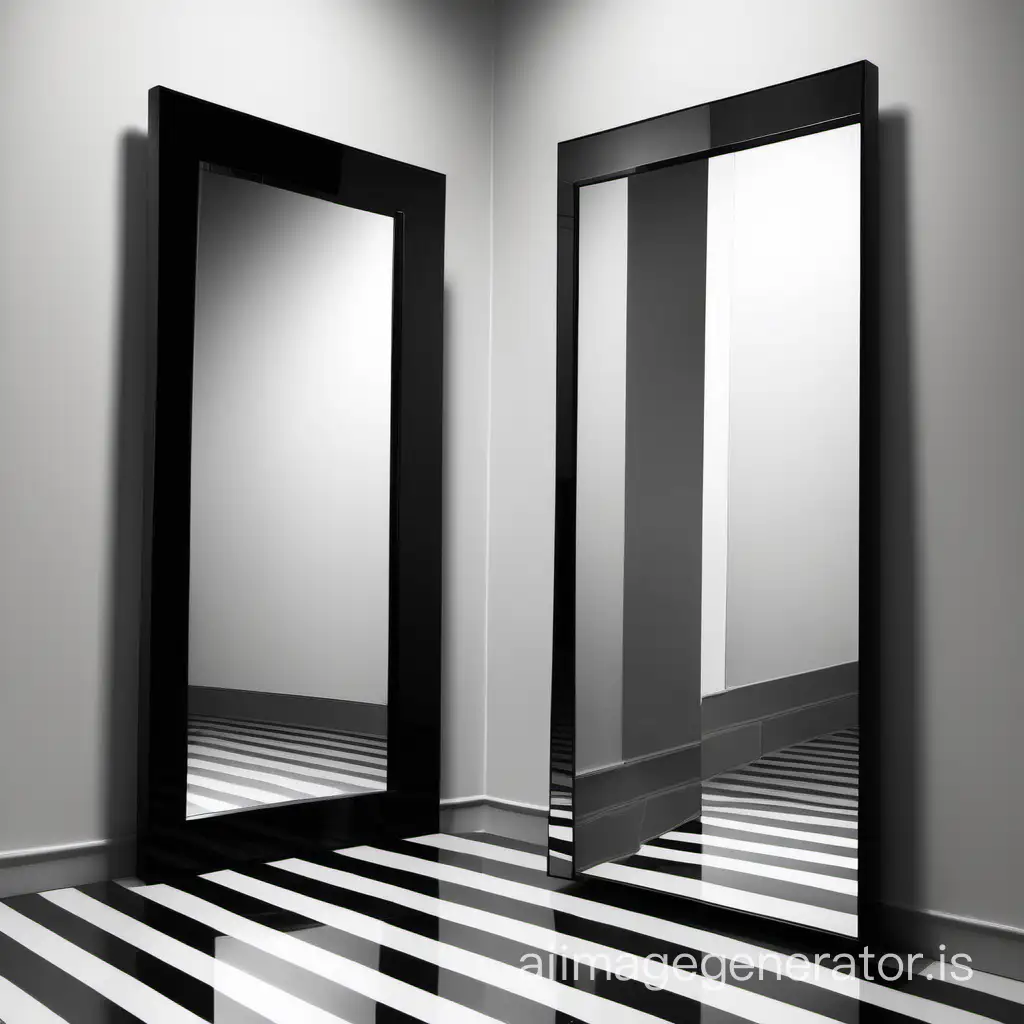
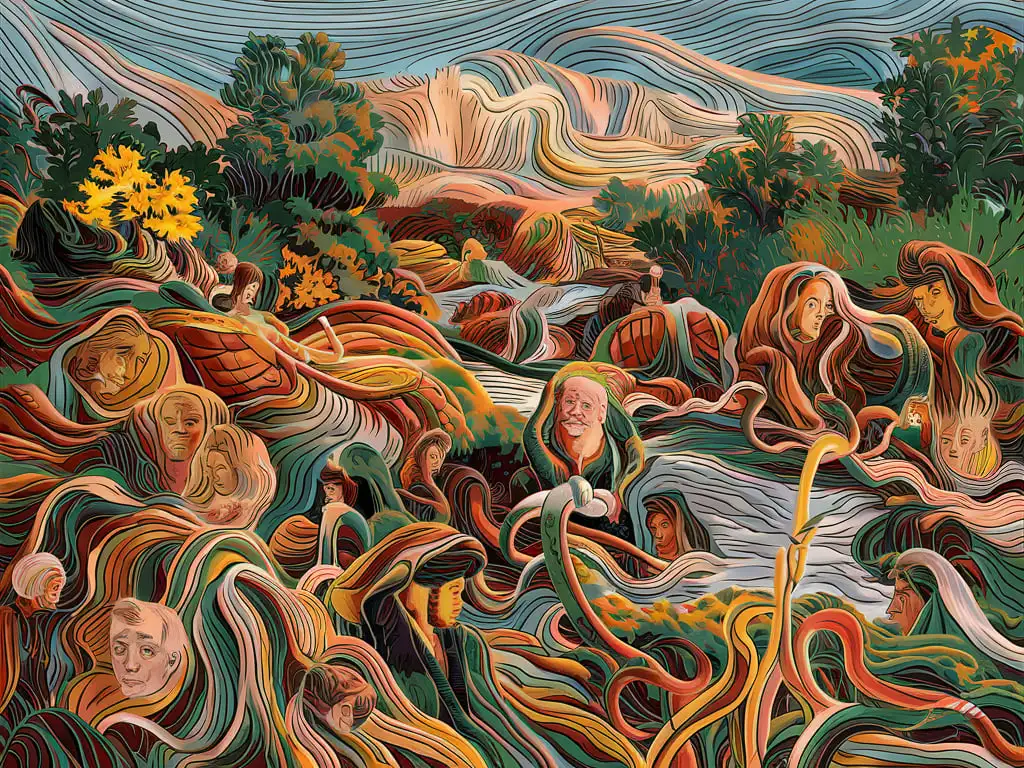

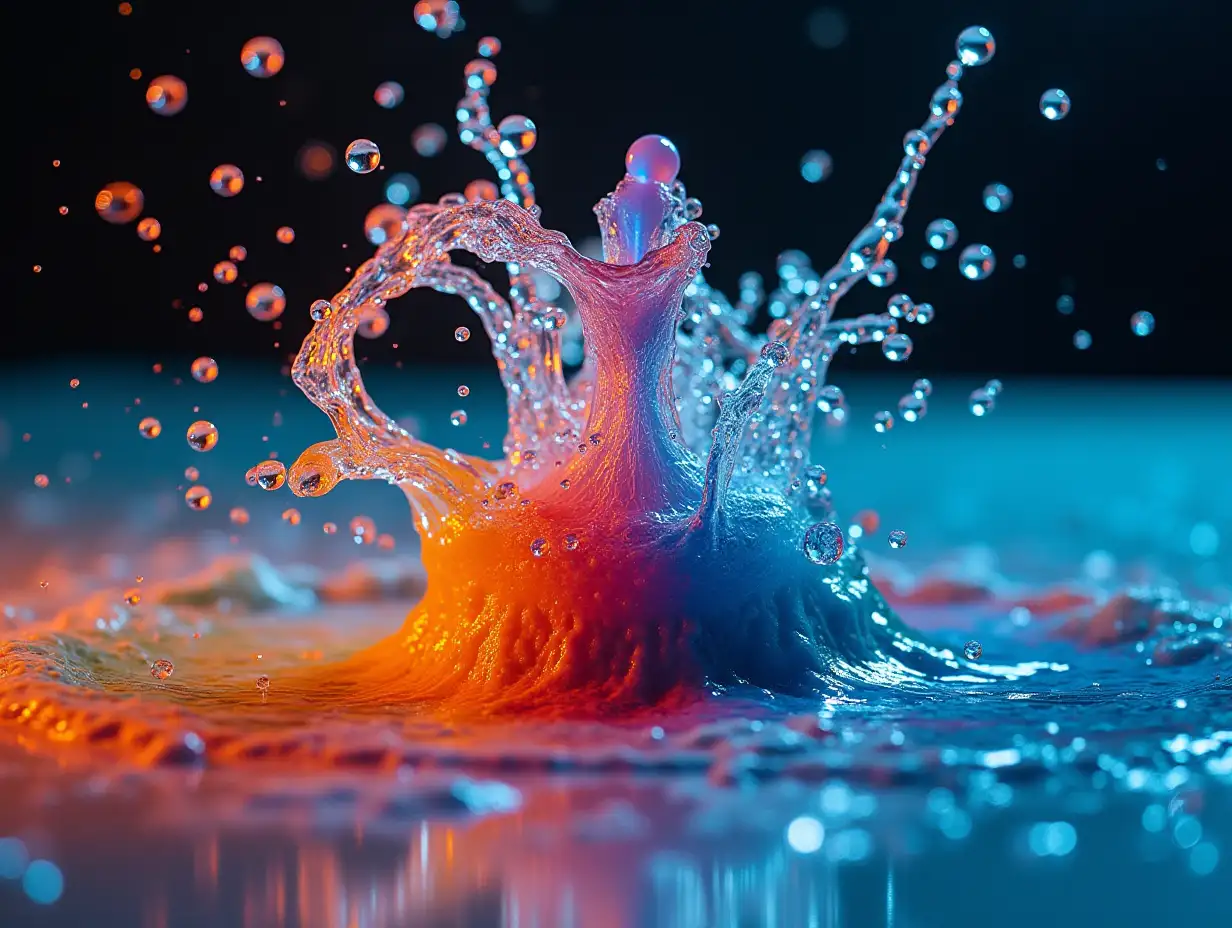

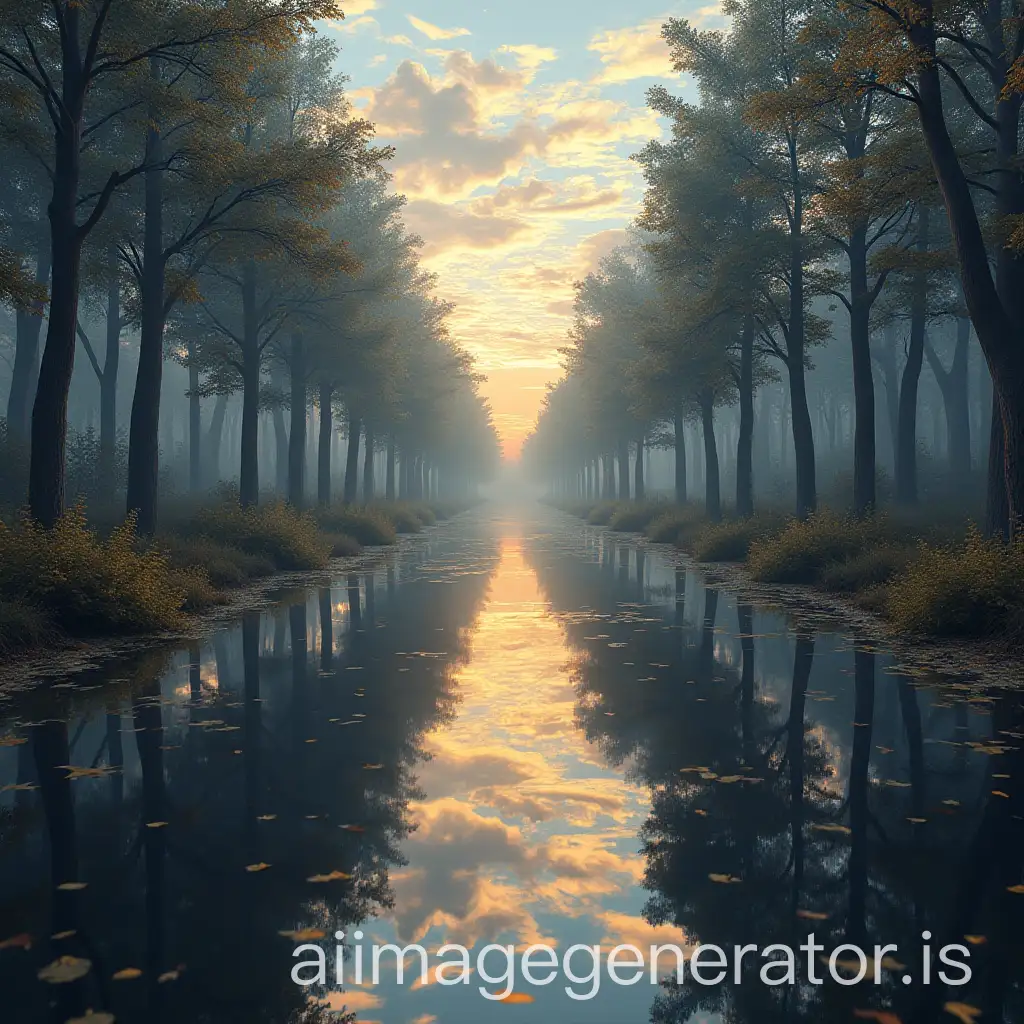
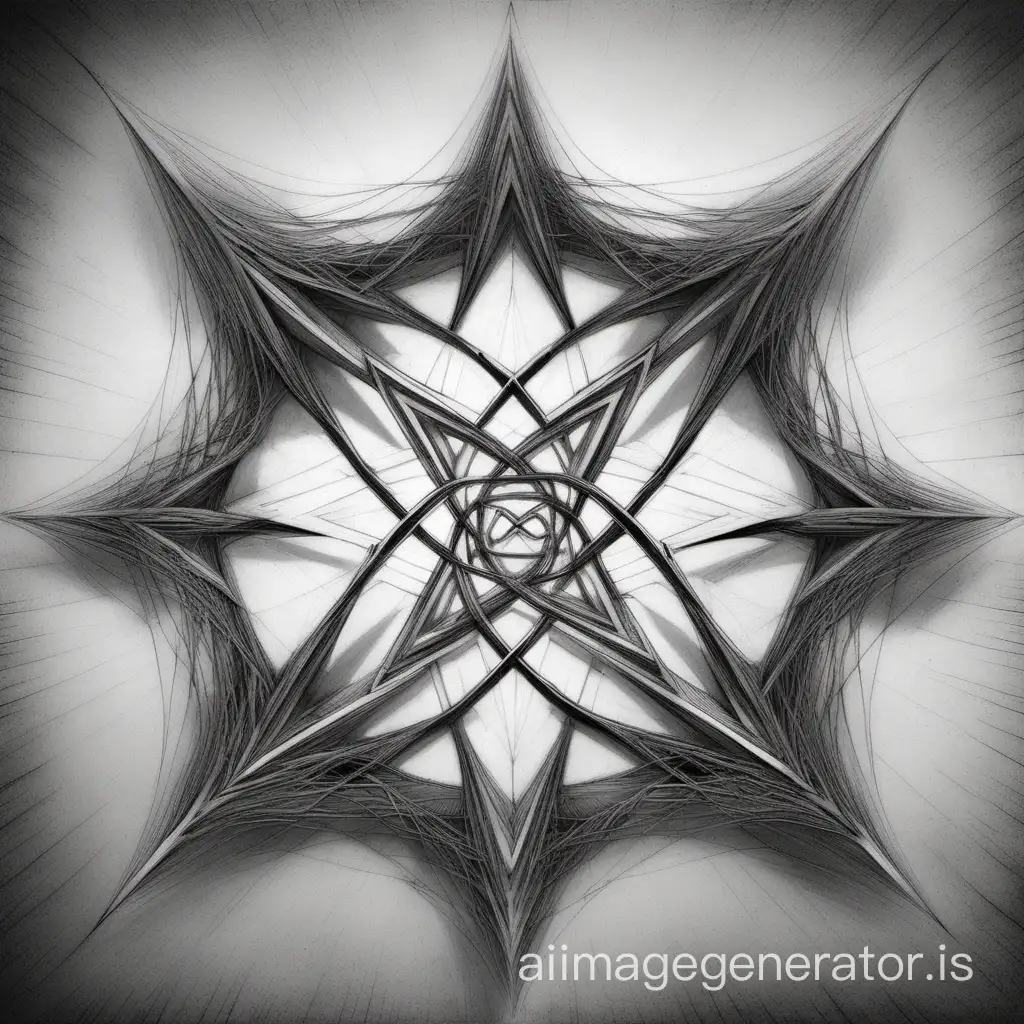
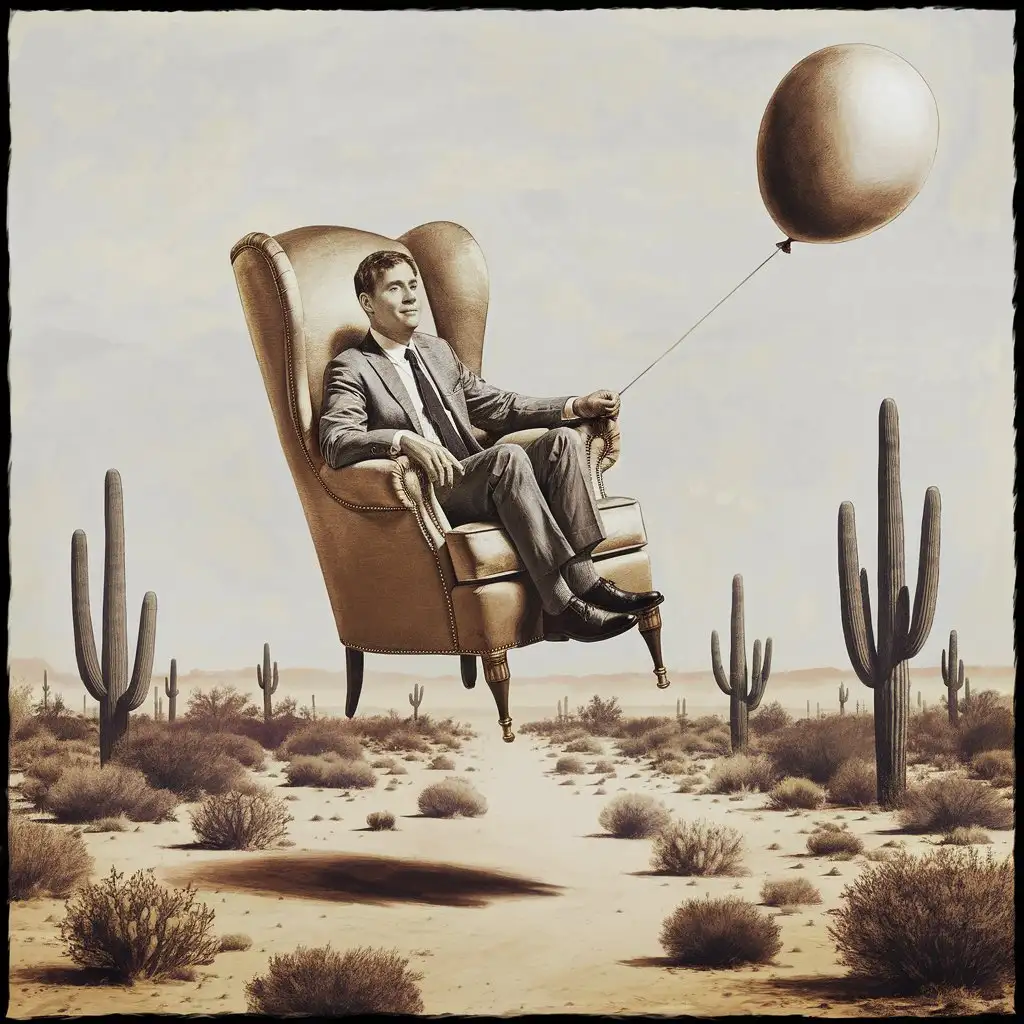
Related Tags
Optical illusions are images that deceive the eyes and brain, causing us to perceive something that isn't present or is different from reality. These illusions play with color, light, and patterns to create deceptive visuals. Historically, optical illusions have fascinated both scientists and artists, leading to significant studies in psychology and visual arts. Classic examples include the works of M.C. Escher, known for his mathematically inspired illusions and impossible constructions.
Understanding Optical Illusions: Definition and Background
Optical illusions come in various forms, including literal illusions, physiological illusions, and cognitive illusions. Each type leverages different visual phenomena such as perspective, motion, and color contrasts. These illusions are not only artistic expressions but also tools in scientific research, psychological studies, and even marketing. For instance, brands use optical illusions in advertising to capture attention and convey messages in unique ways. Additionally, they are employed in safety signage to ensure they stand out in critical environments.
Characteristics and Applications of Optical Illusions
Several artists have made significant contributions to the field of optical illusions. M.C. Escher is perhaps the most well-known, with his intricate patterns and impossible objects like 'Relativity' and 'Drawing Hands.' Bridget Riley, a pioneer in Op Art, creates dynamic illusions of movement and color. Victor Vasarely, known as the 'father of Op Art,' has also made notable contributions with his geometric designs. These artists' works continue to inspire and challenge our perception of reality.
Influential Artists and Iconic Works in Optical Illusions
Optical illusions have a profound impact on modern culture, influencing art, design, and entertainment. In art, they challenge viewers' perceptions and invite them to explore new ways of seeing. In design, optical illusions are used to create visually engaging and innovative products, from fashion to architecture. The entertainment industry also leverages illusions in film and media, creating visually stunning scenes that captivate audiences. Beyond visual appeal, optical illusions stimulate curiosity and provoke thought, making them a significant cultural phenomenon.
The Impact of Optical Illusions on Modern Culture